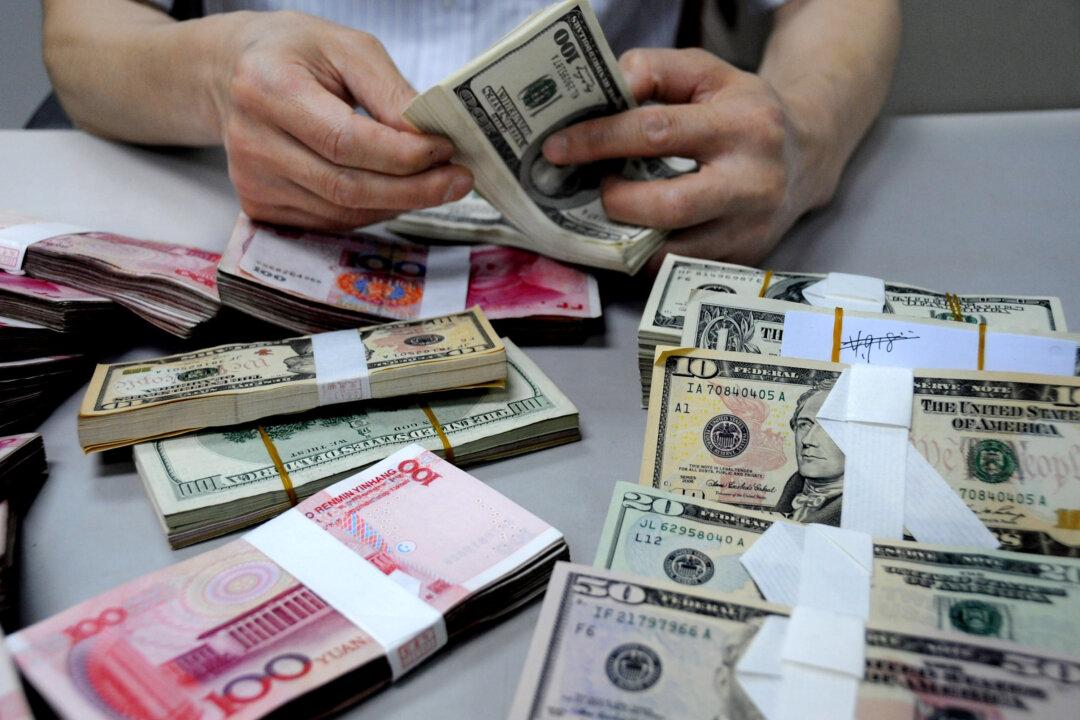Commentary
There are numerous articles mentioning that Saudi Arabia may use the yuan, China’s domestic currency, for its oil exports.

There are numerous articles mentioning that Saudi Arabia may use the yuan, China’s domestic currency, for its oil exports.